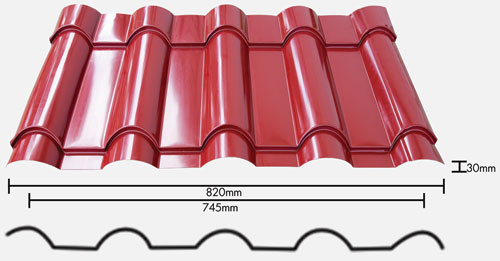
attic space, enclosed rafter, or joist space above normally occupied and conditioned interior space) assemblies as an economical arrangement of roofing and insulation materials. Insulation requirements for roofs are, therefore, spread across IBC Chapters 12, 13, and 15.ĭesigners may view unvented ‘attic’ ( i.e. Further, the relationship of unvented attic spaces to maintaining the interior environment through use of insulation is also discussed in Chapter 12, a section seldom associated with roofing materials. Most requirements for roofing and thermal efficiency in IBC are contained in Chapter 13, “Energy Efficiency,” or Chapter 15, “Roof Assemblies and Rooftop Structures.” However, Chapter 12, “Interior Environment,” addresses, among other topics, ventilation and temperature control.

These rules, especially in section 1203.3, “Unvented attic and unvented enclosed rafter assemblies,” dictate how design professionals specify vapor retarders and placement of insulation in compact roof assemblies for moisture control.
#Rafter spacing for metal roof code
To this end, the 2015 version of the International Building Code ( IBC) includes new provisions that relate to unvented enclosed rafter/truss assemblies and unvented attics. However, architects of these ‘compact’ roof assemblies must consider vapor permeance and arrangement of the materials to produce acceptable hygrothermal performance and low risk of condensation in the resulting conditioned ‘attic’ space. insulation and air barrier are applied directly to the underside of the roof deck) are common in applications where designers are seeking cost-effective and energy-efficient roof assemblies.


Low-slope and steep-slope unvented roof systems ( i.e.


 0 kommentar(er)
0 kommentar(er)
